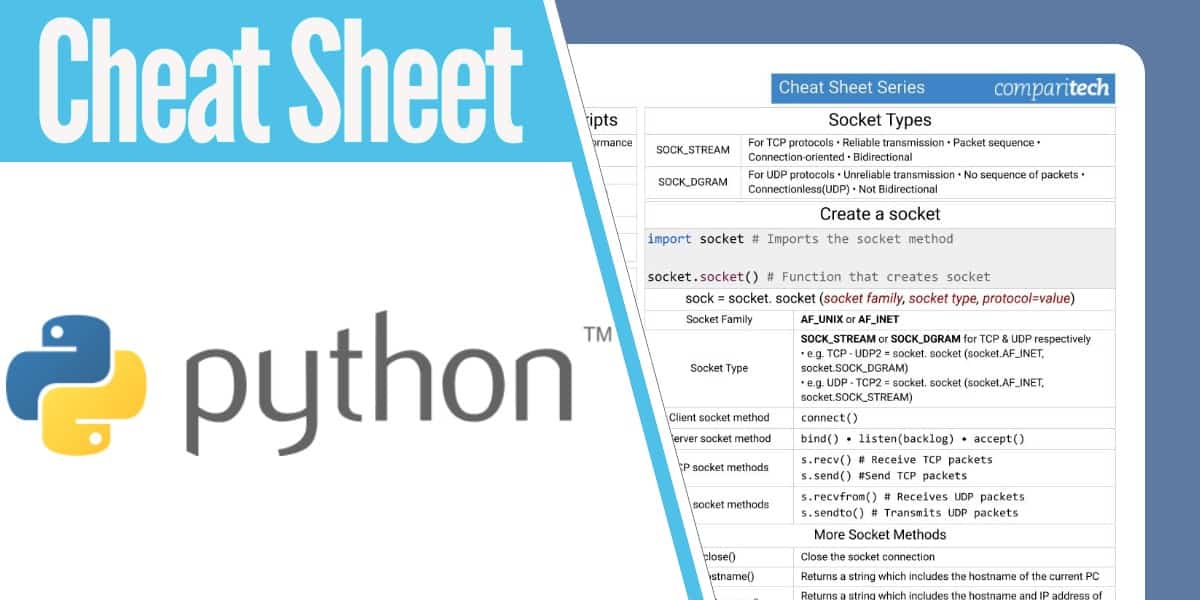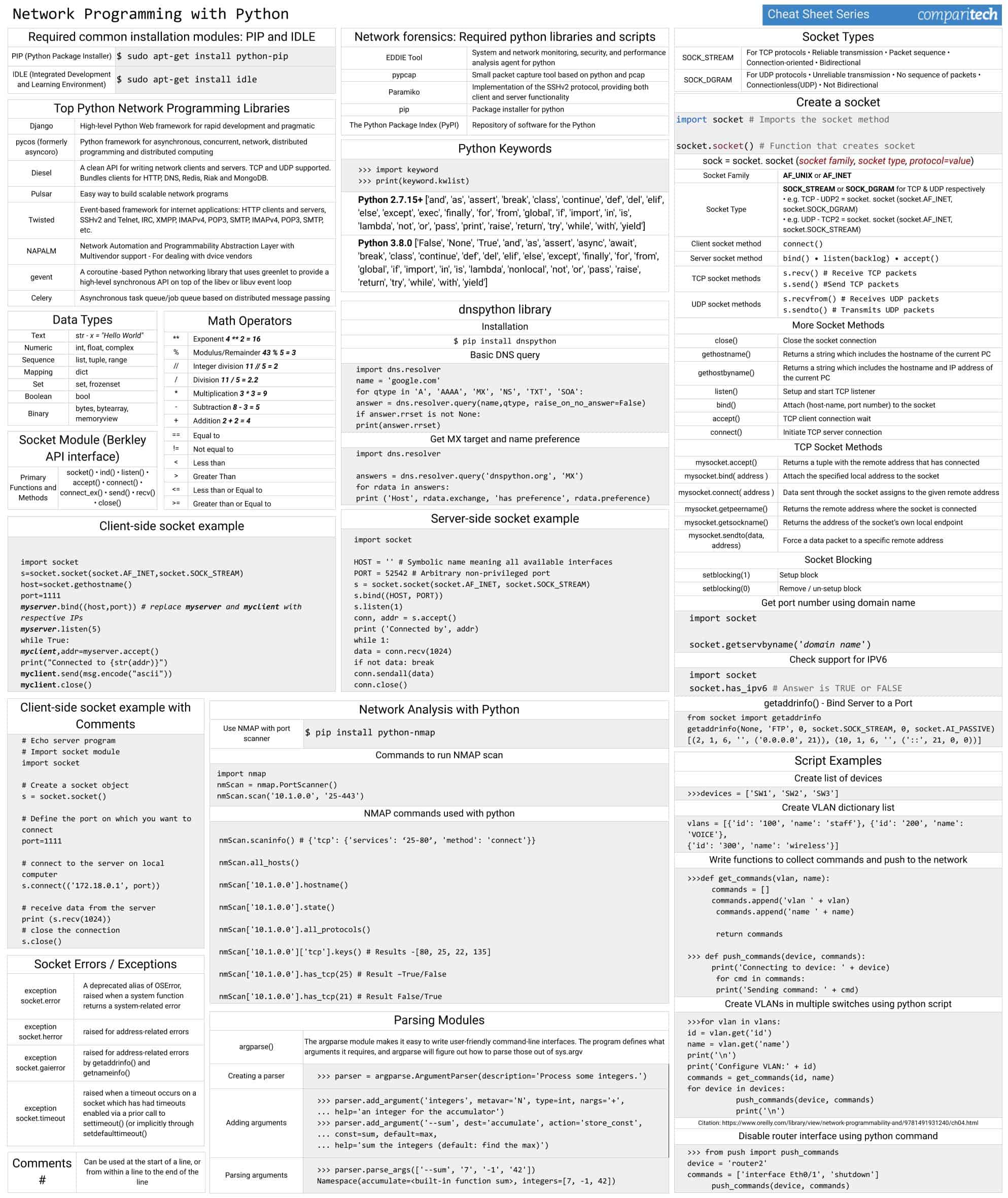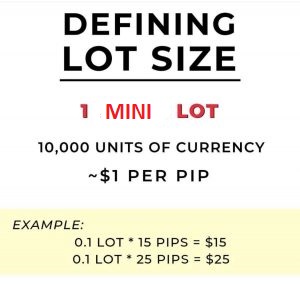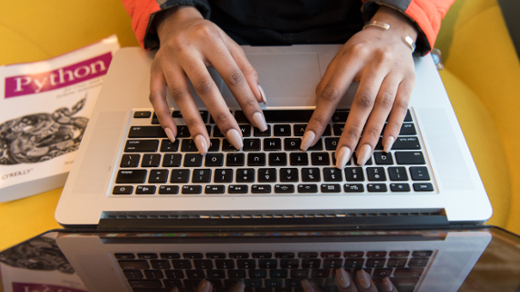As you dive into the world of margin trading, it may feel like you have to learn an entirely new language to truly understand what’s going on.
Cheat Sheets Item Preview 1 Kali-Linux-Revealed-1st-edition.pdf. 2 cheatsheetemacs.pdf. 3 cheatsheetgimpv3.pdf. 4 cheatsheetgnome3v2.pdf. 5 cheatsheetlinuxcommoncommands.pdf. 6 cheatsheetlinuxnetworkingv2.pdf. 7 cheatsheetpip.pdf. 8 cheatsheetpython37v2.pdf. Installing PIP in Python. In case we do not have PIP installed in our system, follow the below steps to install it: Step 1: Click here and download the file named get-pip.py Step 2: Once we have downloaded the get-pip.py file, open our cmd, navigate to the folder where our downloaded get-pip.py file is present, and run the following command.
Just as with any specialized area, margin trading comes with its own terminology and jargon.

Here’s a handy cheat sheet to the most common terms you may come across in your trading platform.
Want a printable version?
Here’s a PDF version of the cheat sheet below that you can download and print.
Margin
DEFINITION:
Margin is the amount of money you are required to deposit with your trading platform in order to order and maintain positions in the forex market. Margin is used as collateral to ensure you can cover any losses you might incur on your positions.
Leverage
DEFINITION:
Forex Cheat Sheet Pdf
Leverage is the ability to trade a larger amount with a much smaller amount in your account.
Unrealized P/L
DEFINITION:
Unrealized P/L is the current profit or loss (P/L) held in your open positions.

ALSO CALLED:
- Floating P/L
Balance
DEFINITION:
Balance is the total amount of cash you have in your trading account. If you have an open position, even if it has a floating profit (or loss), your Balance is still the same as before you opened the position. But once you close the position, the profit (or loss) will be added (or deducted) from the Balance and this will be your new Balance.
ALSO CALLED:
- Account Balance
- Cash

Margin Requirement (Per Position)
DEFINITION:
Margin Requirement is the amount of margin required to open a position. It is expressed as a percentage (%) of the “full position” size or “Notional Value” of the position you wish to open.
Required Margin (Per Position)
DEFINITION:
Pip Count Cheat Sheet
Required Margin is the money that is set aside and “locked up” when you open a trade.
For example, if you open a $10,000 (mini lot) position, with a Required Margin of 2% (or 50:1 leverage), $200 will be “locked up” during the duration of the trade.
This $200 can’t be used to open other positions as long as the trade is open. Once you close the trade, the $200 margin will be “released”.
ALSO CALLED:
- Entry Margin
- Initial Margin
- Initial Entry Margin
- Maintenance Margin Required (MMR)
HOW TO CALCULATE (PER POSITION):
If the base currency is the SAME as your account’s currency:
If the base currency is DIFFERENT from your account’s currency:
Used Margin
DEFINITION:
Used Margin is the minimum amount of Equity that must be maintained in a margin account. This is the total amount of margin currently in use to maintain open positions.
ALSO CALLED:
- Margin Used
- Maintenance Margin Required (MMR)
- “Total Margin”
HOW TO CALCULATE:
Used Margin is simply the Required Margin for ALL open positions.
Equity
DEFINITION:
Equity is your account balance plus the floating profit (or loss) of all your open positions. Represents the “real-time” value of your account.
ALSO CALLED:
- Account Equity
- Net Asset Value
- Net Equity
HOW TO CALCULATE:

If you have open positions:
If you do not have any open positions:
Free Margin
DEFINITION:
Free Margin is the money that is NOT “locked up” due to an open position and can be used to open new positions. When this value is at zero or less the Margin Warning is triggered and additional positions cannot be opened.
ALSO CALLED:
- Free Margin
- Available Margin
- Usable Margin
- Usable Maintenance Margin
- “Available to Trade”
HOW TO CALCULATE:
Margin Level
DEFINITION:
Margin Level is the ratio between Equity and Used Margin. It is expressed as a percentage. For example, if your Equity is $5,000 and the Used Margin is $1,000, the Margin Level is 500%.
ALSO CALLED:
Pip Cheat Sheet Pdf
- Margin Indicator
HOW TO CALCULATE:
Margin Call Level
DEFINITION:
The Margin Call Level is the specific level (%) where if your margin level is equal or below it, you won’t be able to open any new positions. Your trading platform determines the Margin Call Level.
For example, if the Margin Call Level is 100%, this means that if your Margin Level reaches 100%, you won’t be open any new positions. At this point, your account is now under a Margin Call.
Even though most new traders assume this means that their trade(s) may be closed, that’s not true. A Margin Call Level is just a WARNING.
ALSO CALLED:
- Minimum Margin Requirement
- Minimum Required Margin
HOW TO CALCULATE:
Stop Out Level
DEFINITION:
The Stop Out Level is the specific level (%) where if your Margin Level is equal or below it, your broker will automatically start closing your positions until the Margin Level is greater than the Stop Out Level
For example, let’s say the Stop Out Level is 50%.This means that if the Margin Level falls below 50% a Stop Out will automatically occur and the position floating the largest loss will be liquidated automatically.
This process will be repeated until the Margin Level increases to a level above 50%.
ALSO CALLED:
- Liquidation Margin
- Margin Closeout
- Margin Close Out (MCO)
- Minimum Required Margin
HOW TO CALCULATE:
Pip Cheat Sheet Pdf
Margin Call
DEFINITION:
A Margin Call occurs when you have breached the Margin Call Level but still above the Stop Out Level.

A Margin Call, is a WARNING, telling you that your account isn’t doing too well and that you are close to having your open positions liquidated at market price.
You are still allowed to keep your current positions open but you can’t open new positions.
Stop Out
DEFINITION:
A Stop Out, which happens once the Stop Out Level has been breached, is when your open positions will be automatically closed (“liquidated”) to prevent a negative account balance.
Have you had your fill on learning how to trade divergences?
Let’s review!
Divergence is a popular concept in technical analysis that describes when the price is moving in the opposite direction of a technical indicator.
There are two types of divergences:
- Regular divergence
- Hidden divergence
Each type of divergence will contain either a bullish bias or a bearish bias.
Since you’ve all be studying hard and not been cutting class, we’ve decided to help y’all out (cause we’re nice like that) by giving you a Divergence Trading Cheat Sheet to help you spot regular and hidden divergences quickly.Regular Divergence
Regular divergences signal a possible trend reversal.
| Bias | Price | Oscillator | Description | Example |
|---|---|---|---|---|
| Bullish | Lower Low | Higher Low | Indicates underlying strength. Bears are exhausted. Warning of a possible trend direction change from a downtrend to an uptrend. | |
| Bearish | Higher High | Lower High | Indicates underlying weakness. The bulls are exhausted. Warning of a possible trend direction change from an uptrend to a downtrend. |
Hidden Divergence
Hidden divergences signal a possible trend continuation.
| Bias | Price | Oscillator | Description | Example |
|---|---|---|---|---|
| Bullish | Higher Low | Lower Low | Indicates underlying strength. Good entry or re-entry. This occurs during retracements in an uptrend. Nice to see during the price retest of previous lows. “Buy the dips.” | |
| Bearish | Lower High | Higher High | Indicates underlying weakness. Found during retracements in a downtrend. Nice to see during price retests of previous highs. “Sell the rallies.” |
While divergences can occur between price and any other piece of data, they are most commonly used with technical indicators, especially with momentum oscillators.
Examples of a momentum oscillator include the Commodity Channel Index (CCI), Relative Strength Index (RSI), Stochastic, and Williams %R.
Whew!
That’s quite a lot to remember, isn’t it?
You can write this all down in your palm and look back on it while trading.But if you’re like Eminem whose palms get sweaty, knees weak, and arms get heavy, when you’re nervous, we wouldn’t recommend this.
You can simply bookmark this page and just revisit it when you mix up those higher lows, lower highs, lower lows, and higher highs.
You don’t want to make a wild guess while coming up with a trade, do you?
